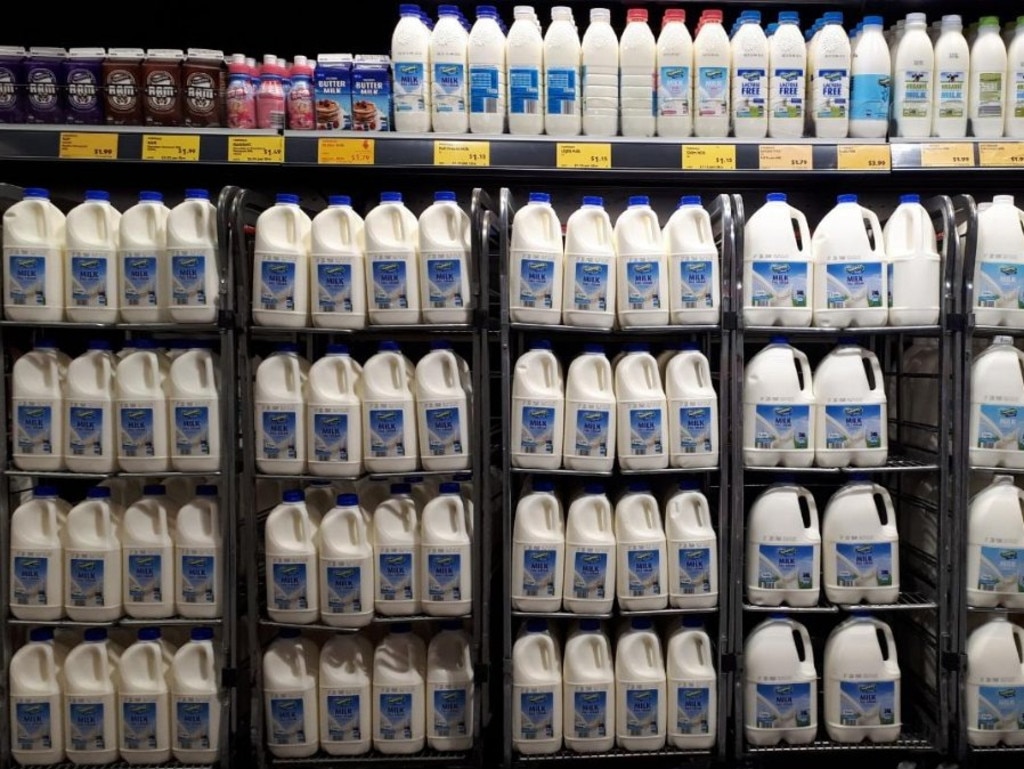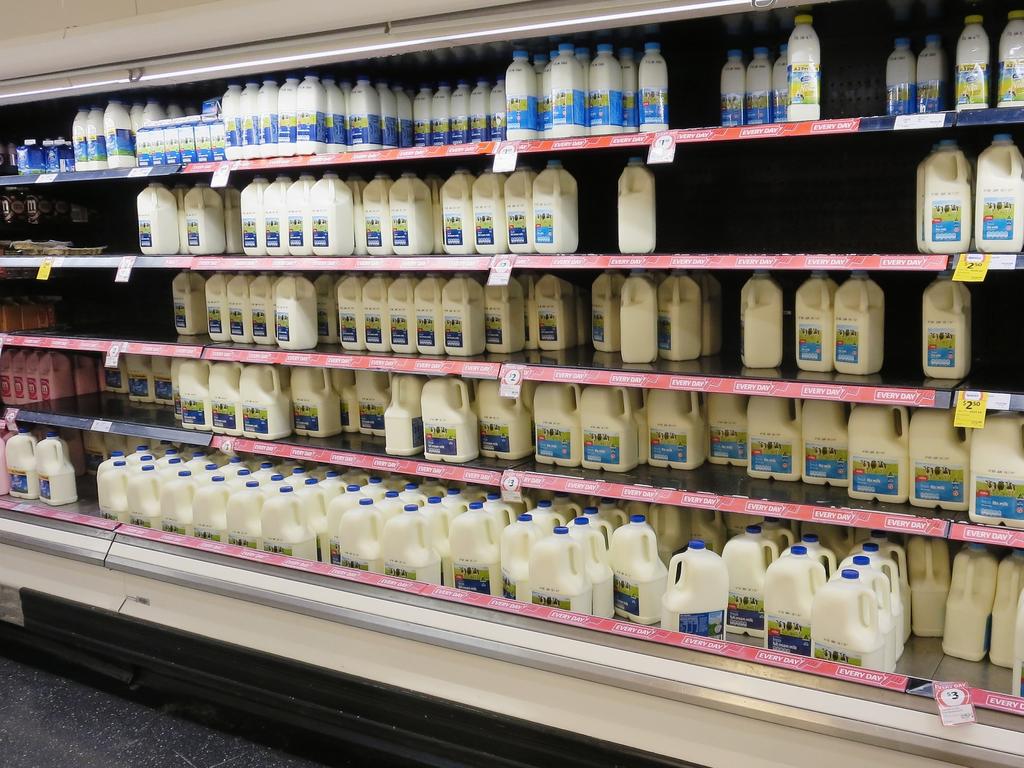
Global markets are “teetering” at low milk production levels not seen since 2014, which could see Australians paying more for their dairy in the coming months.
In its newly released Q4 Global Dairy Quarterly report, Australian agribusiness banking specialist Rabobank found that weather-related issues had decimated peak milk production in Australia and New Zealand, with supply growth stymied abroad in the US and Europe by squeezed profit margins for producers.
The report’s co-author, Rabobank senior dairy analyst Michael Harvey, said the combined milk production in the big seven dairy exporting regions – which include Australia, New Zealand and Brazil – was expected to decline by 0.3 per cent in the final quarter of 2021, compared to the same time last year.
Rising costs for inputs, labour shortages, questionable feed quality and unfavourable weather could all limit production response by producers, the report said.
October – which is the peak period for dairy production in Australia – saw output 2.1 per cent below last year, with season-to-date production down 2.9 per cent.
Rabobank has thus lowered its milk production forecast to -1.8 per cent for the 2021/22 season, back to 8.68 billion litres.
Mr Harvey said dairy companies in Australia’s southern export region were upwardly adjusting their initial (June) announced farmgate milk prices in response to the supply issue.

“Fonterra Australia and Saputo Dairy Australia both lifted prices to $7.05/kgMS or more. There is potential for further increases as dairy exporters benefit from higher commodity prices, particularly skim milk powder,” Mr Harvey said in a press release.
“But there are lingering headwinds for local dairy exporters given the weaker-than-expected spring flush and ongoing supply chain bottlenecks and disruptions. Rabobank’s revised farmgate milk modelled price for 2021/22 stands at $7.75/kgMS, underpinned by rising commodity prices and a weaker currency.
“There are production and margin risks beyond the weather, which will remain into the new year. Input costs have spiked for fertiliser and herbicide, with supply risks lurking in the next few months.”
The report also confirmed a sluggish spring milk production peak in New Zealand – which is the world’s largest dairy exporter – contributed to a global supply slowdown.
Milk production has only recently started to uptick in the warmer months.
“Unfortunately, the change to more favourable weather was too late for the peak milk month of October, when collections dropped by 3.3 per cent year on year. There have now been three consecutive months of milk supply slipping backward against 2020 since August 2021,” Mr Harvey continued said.
“Rabobank’s New Zealand milk production forecast for the entire 2021/22 season is -1 per cent year-on-year. In a high milk-price environment and depending on cow condition, it is possible that there will be a late run to recover some of the lost production so far.
“But our base case assumes the weaker peak will be hard to recoup across the season – especially given lingering challenges to milk production in parts of Canterbury and in addition to high comparables to match from February onwards.”


Mr Harvey said the recent findings could mean a rise in prices for consumers, should supermarkets decide against taking the hit of fluctuating markets.
“The Australian economy will grow in 2022,” Mr Harvey continued. “But consumers will face rising costs of living and food inflation including in the dairy aisle.”
Coles Supermarkets have not yet made an official statement on whether the rising dairy prices will affect the price of milk in-store.

























